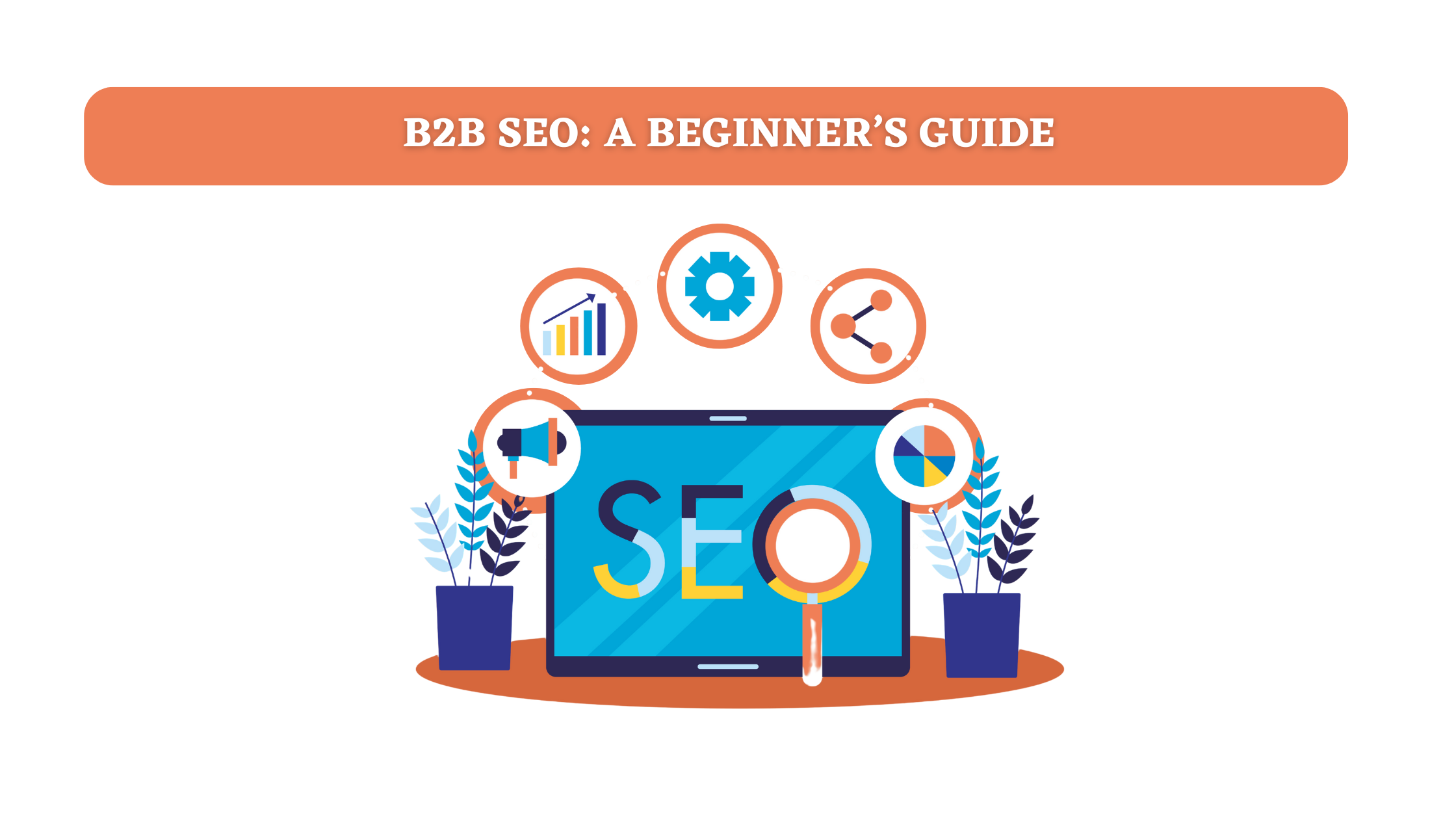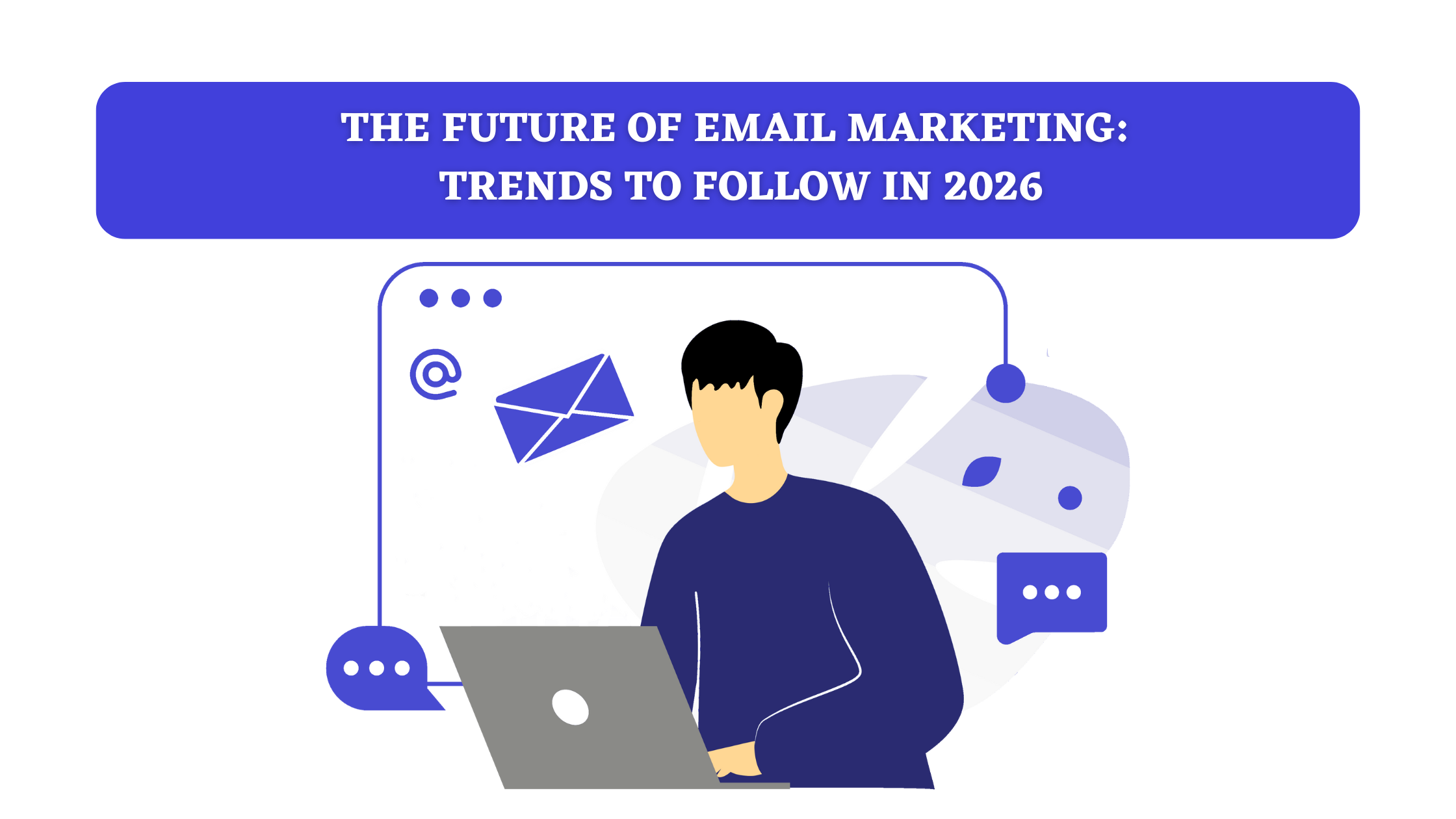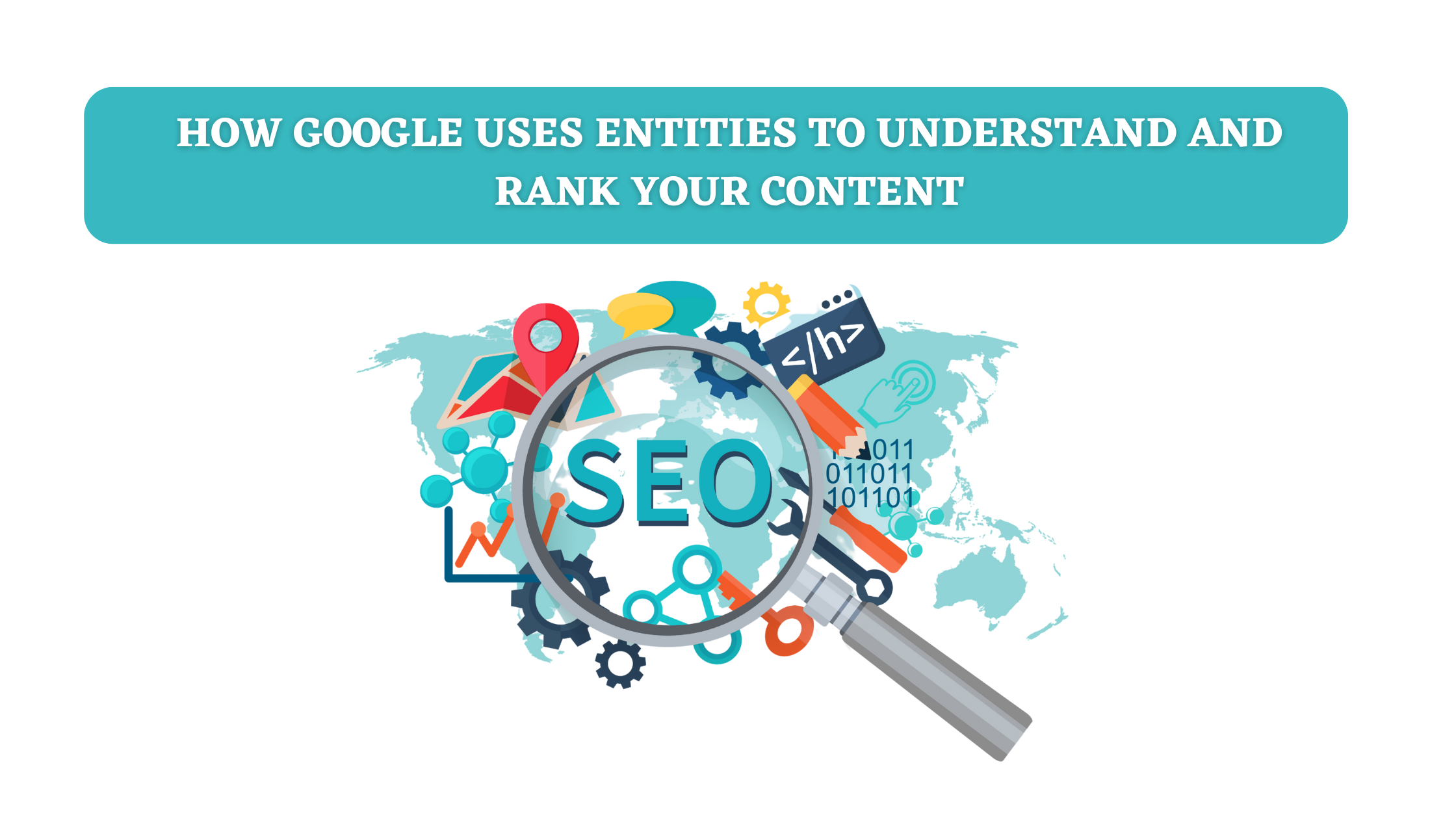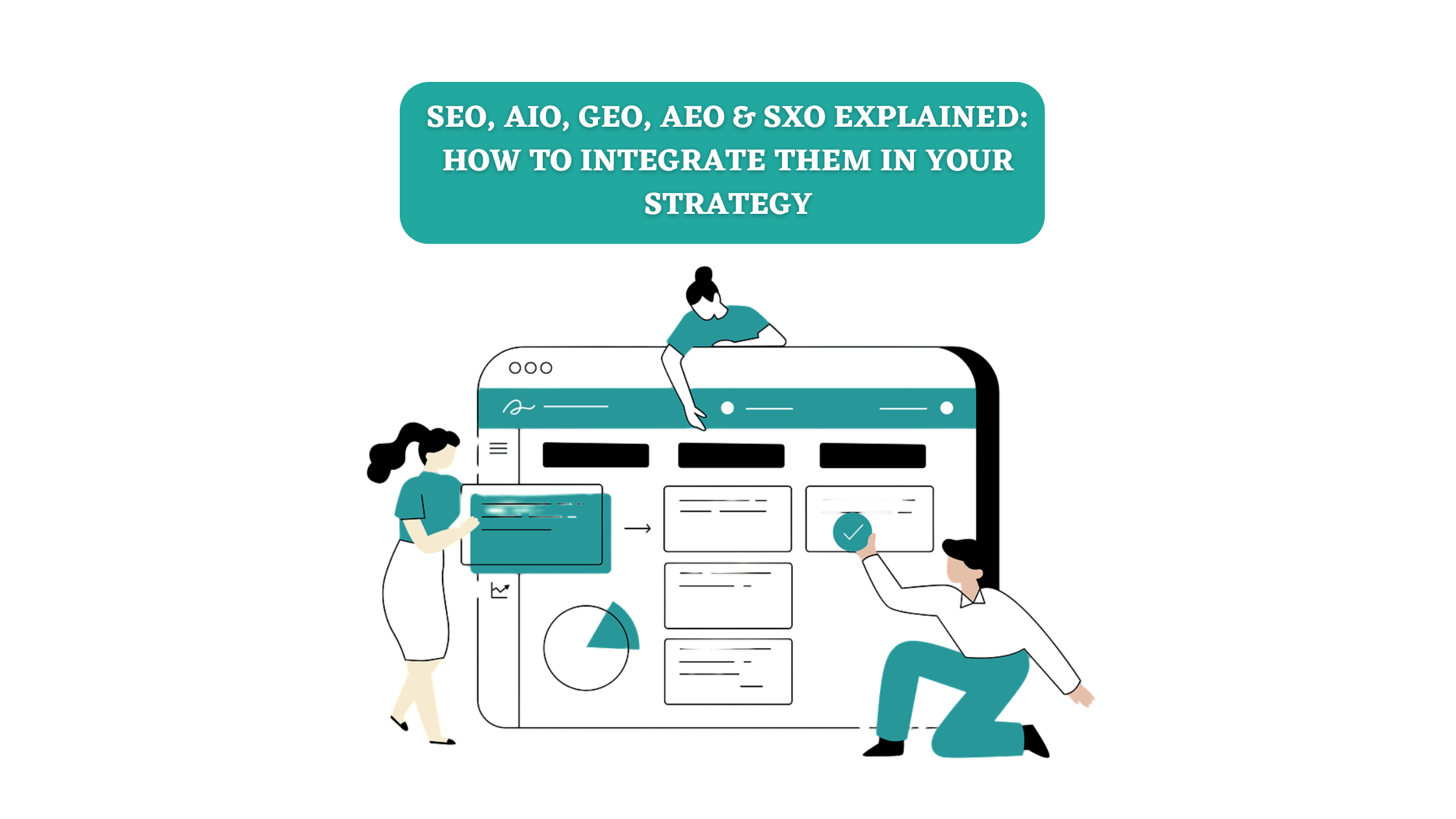Introduction Email marketing is still a top performer. One of the most powerful tools that marketers still have in their hands is email marketing,...
Most buyers conduct their research online long before they contact a salesperson. About two-thirds of B2B buyers discover products through internet search results. If you are not showing up where they look, you are invisible to the very people who decide budgets and contracts.
That sentence alone tells you why SEO matters. It is not vanity traffic. It is a pipeline. You want search visibility because buyers create shortlists and because digital content actually moves deals forward. In fact, recent research indicates that roughly 60% of B2B buyers may make final purchase decisions based solely on digital content. That means case studies, spec sheets, and plain practical guidance are not optional extras.
What B2B SEO?
B2B SEO is the set of things you do so that your site appears when real buyers search with real problems. It is a combo of three things.
– First, content that answers buyer questions.
– Second, a technical foundation so search engines and humans can reach those answers quickly.
– Third, trust signals that convince procurement teams you are a legitimate vendor.
When those three line up, you get steady leads, lower cost per lead, and calmer months.
The Four Pillars of a Strong B2B SEO Strategy
Pillar one: Traffic that matters
Start with intent as there are discovery searches, and there are purchase intent searches. Discovery searches build awareness. Purchase intent searches show buyers who are shortlist-ready.
Track both, especially for B2B, this means prioritising detailed pages like product comparisons, ROI calculators, and real-world case studies that include numbers. Buyers want numbers. Use them.

Pillar two: Content that closes meetings
Content must be more than brand speak. It must help a procurement manager do their job better.
Write pages that include the problems, a realistic solution path, and the metrics a buyer cares about. Use formats that B2B people actually consume, like short explainer videos, downloadable one-page ROI calculators, and crisp comparison tables.
Video is not a gimmick either. Platforms like YouTube strongly influence B2B decisions, so adding demos and walkthroughs is a practical move.
Pillar three: Technical work that stops leaks
Speed and indexability are not sexy, but they are revenue. For beginners, this simply means how quickly your page loads and how easily search engines can find and list it.
Faster pages lead to more conversions. Studies show that falling from a one-second load to a five-second load can cut conversion rates by roughly three times for some B2B sites.
Even a single extra second of delay tends to shave several percent off conversions. Those numbers add up quickly when contract values are large.
Fix crawl errors (when search engines can’t access certain pages) and use structured data to help search engines classify case studies and product pages.
If you need help implementing this, specialist providers of B2B SEO Services in Chennai can run audits and remove the blockers.
Pillar four: Trust, links, and relationships
Backlinks still matter because they are a proxy for trust. For beginners, backlinks are simply links from other websites pointing to yours. They act as votes of confidence that tell search engines your site is credible.
Focus on a handful of highly relevant industry sites rather than chasing volume. Guest posts on trade publications, joint webinars with recognised partners, and case studies with named customers work better than random directory listings.
Also, be findable in industry directories and make sure your leadership pages show author names, titles, and proof points. Those signals help convert sceptical procurement panels that demand verification.
Metrics To Watch Out For
Organic sessions to priority pages
This shows whether the right pages are being found by buyers who matter. For beginners, organic sessions simply mean visits that come from unpaid search results. In other words, people who find your site naturally through Google rather than through ads.
Use Google Analytics or GA4, filter by landing page and organic medium. Meaning you can open your website’s tracking tool, which is Google Analytics (or its newer version, GA4) and check which pages visitors first land on when they come from organic search (that is, unpaid Google results).
– Landing page – the first page someone visits on your site.
– Organic medium – traffic coming from search engines, not ads or social media.
By applying these filters, you can see which specific pages are attracting visitors from Google searches, helping you understand what content is performing well and where to focus your SEO efforts.
Aim for a steady month-on-month lift of 5% to 15% on priority pages is a healthy early signal. Content owner reviews weekly and reports monthly on Google Analytics, Google Search Console.
Conversions from organic traffic (qualified leads only)
Traffic without conversion is noise, so count form completions, demo requests, and qualified MQLs (Marketing Qualified Leads, which are potential customers and have shown real interest in your product or service) that originated from organic search.
Tag form submissions, track UTM parameters, and use a CRM tie-back. It means that you’re setting up a way to track where leads come from and what happens after they fill out your form.
For beginners:
– Tag form submissions means setting up tracking (using tools like Google Tag Manager) so you know whenever someone fills out a form on your website, like a contact or demo request form.
– Track UTM parameters means adding small bits of text (called “UTMs”) to your URLs to see where your visitors came from, for example, whether they clicked from LinkedIn, an email, or a Google search.
– Use a CRM tie-back means connecting this data to your CRM system (like HubSpot or Salesforce) so you can see which marketing efforts actually lead to real sales opportunities.
For B2B landing pages, aim for a conversion rate that improves over time. Even small bumps are meaningful when contract sizes are large.
Demand gen or growth owner checks weekly and reports pipeline impact monthly on Google Analytics, CRM, and GA4 event tracking. This means they look at Google Analytics (or GA4) which is a free tool from Google and track how visitors interact with your website and tells you things like which pages they visit, how long they stay, and whether they fill out a form.
They then track it on CRM (Customer Relationship Management) tools such as HubSpot or Salesforce store and manage information about those leads, connecting marketing data with actual sales outcomes. While, with GA4 event tracking demand gen or growth owners record specific user actions (like button clicks or downloads) as “events,” so you can see what’s driving conversions.
Top keyword positions for buyer-intent queries
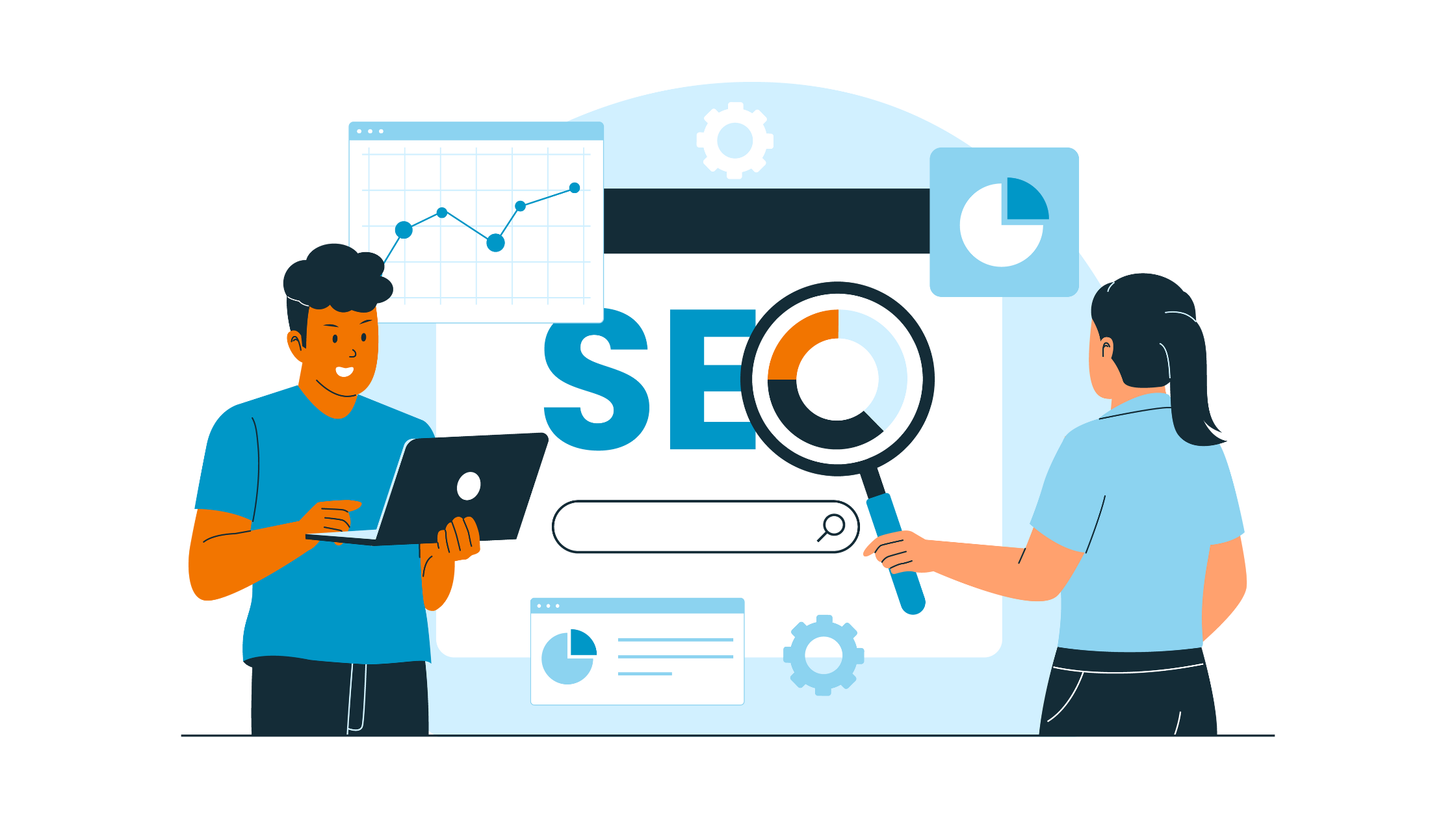
Rankings for shortlist and purchase intent queries predict inbound opportunity.
Track a curated list of 20 to 50 buyer-intent keywords and watch movement and SERP features. This means keep a short list of 20 to 50 important keywords, the phrases your potential customers type into Google when they’re ready to buy. These are called buyer-intent keywords. Then, regularly check how your website ranks for them and what SERP features (like featured snippets, maps, or “People also ask” boxes) show up. This helps you see if your content is appearing where real buyers are looking.
Try to move core buyer-intent queries into page one within 3 to 6 months, depending on competition.
SEO owner (the person in charge of improving your website’s visibility on Google) checks how your keywords are ranking every week using tools like Ahrefs or SEMrush. These tools show whether your website is moving up or down in search results, helping you understand if your SEO work is paying off.
A company offering B2B SEO Services in India explains keyword research approaches you can use to map intent.
Core Web Vitals and page speed on core pages
User experience affects both ranking and conversion. Slow pages leak users and leads.
1. Step 1 – Run Lighthouse and Core Web Vitals Reports
If you’re new to this, don’t worry. This step is about checking how fast and stable your web pages load using Google’s free tools. You’ll mainly look at three numbers:
– LCP (Largest Contentful Paint) – how long it takes for the main part of your page (like the big image or headline) to appear.
– CLS (Cumulative Layout Shift) – whether things move or jump while loading.
– INP (Interaction to Next Paint) or FID (First Input Delay) – how fast your page reacts when someone clicks or types.
Run Lighthouse and Core Web Vitals reports in Search Console and measure LCP, CLS, and INP or FID, depending on your tooling.
2. Step 2: Know What Good Performance Looks Like
Once you’ve run the tests, you need to understand what your scores actually mean and what numbers you should aim for. When people visit your website (especially product, service, or checkout pages that bring in money), every second matters. A slow or jumpy page can make users leave before they buy or contact you.
So here’s what “good” looks like:
| Metric | What it Means | Target Value | Why It Matters |
| LCP (Largest Contentful Paint) | How long it takes for the biggest visible element (like your hero image or heading) to fully load | Under 2.5 seconds | If it’s slow, users think your site is laggy or broken and may leave |
| CLS (Cumulative Layout Shift) | How much the page moves or jumps as it loads | Under 0.1 | Prevents frustration, no shifting buttons or moving text while users read or click |
3. Step 3: How Teams Can Fix Things
Engineering or web ops fixes top items within a sprint, and SEO verifies weekly on Lighthouse, PageSpeed Insights, and Search Console.
– Engineers / Web Ops: fix the top performance problems during the next sprint.
– SEO / QA: re-check the pages every week using Lighthouse, PageSpeed Insights, and Search Console to confirm improvements.
DealsInsight highlights why technical optimisation matters and gives practical fixes you can use.
Backlink quality and referral domains from relevant industry sources
Relevant backlinks (good links from other websites) still tell Google your site is trustworthy. A few high-quality links from sites in your industry are worth much more than lots of random, low-quality links.
Watch how many different sites link to you, how “strong” those sites look, and how much traffic those links send. Give each link a quick score for how closely it matches your business. Aim to earn 2–5 really good industry links every quarter and check whether those links bring more visitors.
Have PR or content people do the outreach. The SEO person checks progress once a month using tools like Ahrefs, Moz, or Majestic.
DealsInsight gives guidance on link earning via quality blogging and partnerships.
SERP features and rich results appearance for priority pages
Appearing in rich results, snippets, or knowledge panels multiplies clicks and credibility.
Track impressions and clicks for pages that should target rich result types, and monitor structured data errors. Move core pages into at least one relevant rich result within six months. SEO owner checks weekly on Search Console, Rich Results test, and structured data monitors.
This means you pick pages that could get special Google extras (like FAQs, star ratings, product info). Every week, check how often those results show up and get clicked, fix any structured-data errors, and aim to get each core page into at least one rich result within six months.
DealsInsight explores structured data opportunities in recent posts.
Tools That Make It Happen
Pick what your team will actually use:
1. Google Search Console for indexing, Search Analytics, and Core Web Vitals alerts.
2. Google Analytics or GA4 for sessions, landing page performance, and goal completion.
3. A rank tracker like Ahrefs or SEMrush for keyword positions and competitor visibility.
4. Screaming Frog for crawl diagnostics and to find indexation problems. Screaming Frog helps you see what Google sees on your site.
5. Lighthouse and PageSpeed Insights for page performance diagnostics and quick fixes. Lighthouse and PageSpeed show you how fast your pages load.
6. A lightweight dashboard in Looker Studio to share five KPIs with product, sales, and leadership. Looker Studio lets you share simple progress charts with your team.
Here’s a recent roundup of AI and modern SEO tools that shows how teams use them to scale work. That reading is handy when you are choosing tools that match your team size.
SEO Ranking Factors To Prioritise Now

– Page speed and mobile experience.
Reduce the largest contentful paint and compress images on revenue pages.
– Content that matches buyer intent.
Map buyer questions to pages and add short, numeric proof points to each page.
– Backlinks from relevant sites and partnerships.
Build a small outreach list of five trade publications and pitch a case study or data story.
– Clean architecture and indexation hygiene.
Fix crawl errors, set canonical tags correctly, and remove orphaned pages. These steps make sure search engines can find and index the right pages. Fixing crawl errors clears broken links that stop bots, and correcting canonical tags tells search engines which version of a page is the “official” one, so you don’t get penalised for duplicates. While removing orphaned pages (pages nobody links to) keeps your site tidy and channels your SEO “power” to the pages that actually matter, which helps those pages rank better.
– E E A T signals and named authorship.
Add author bios, cite sources, and surface original research or customer metrics. Here’s a detail on E E A T and AI-driven search trends.
A Bold, Three-Week Action Plan
1. Week one: Pick three revenue pages that represent your core offerings. Improve the H1 and the first paragraph to match buyer questions. Add one concrete data point to each page.
2. Week two: Run a technical audit. Fix the top two page speed issues and the top three crawl errors. Track load time improvements.
3. Week three: Publish one case study with named metrics and an embedded short demo video. Pitch that case study to one industry publication or partner for a backlink.
In Conclusion
SEO is not a miracle. It is predictable work that compounds quietly when you stay consistent. McKinsey reports that B2B firms pushing digital channels already see a majority of their new revenue come through search-driven discovery.
That alone tells you that your B2B SEO strategy is not a cost; it is a compounding asset.
If you combine clear, evidence-led content with clean technical foundations and a handful of high-quality partnerships, you will see search-driven leads turning into steady deals.
That is how the best marketing teams keep their pipeline warm, even when the market cools.
If you need practical guidance on building that momentum, from keyword planning to technical audits and analytics setup, connect with DealsInsight.
DealsInsight is a B2B SEO company in Chennai. We have in-depth guides and real-world examples that show how modern B2B SEO works in action.
Their approach blends data, strategy, and the kind of grounded experience most agencies only talk about.
Start your next campaign with expert insights from DealsInsight, learn what’s working for high-performing B2B brands today and how you can replicate it for your business.

